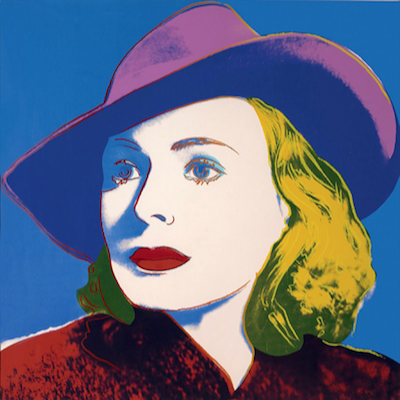
Details
Artist
Styles
Original lithograph in colors on BFK Rives - Published by Tandem Press University of Wisconsin - Suite: An American Alphabet - Hand Signed and Numbered // The Letter Z by Robert Cottingham, created in 2001, is a vibrant lithograph from his series An American Alphabet. The artwork features an architectural depiction of the letter Z as part of a larger urban setting, highlighting Cottingham’s fascination with typography and cityscapes. Bold colors and geometric shapes, including the prominent use of red and blue, dominate the composition. The letter Z is integrated into an abstracted, fragmented urban structure, blurring the lines between the literal and the symbolic. Cottingham’s detailed attention to signage, architecture, and the play of light and shadow creates a piece that captures the essence of American urban landscapes.
The Letter Z, 2001
form
Medium
Size
77.5 x 59.7 cm
- Inches
- Centimeters
Edition
Price
- USD
- EUR
- GBP
Details
Artist
Styles
Original lithograph in colors on BFK Rives - Published by Tandem Press University of Wisconsin - Suite: An American Alphabet - Hand Signed and Numbered // The Letter Z by Robert Cottingham, created in 2001, is a vibrant lithograph from his series An American Alphabet. The artwork features an architectural depiction of the letter Z as part of a larger urban setting, highlighting Cottingham’s fascination with typography and cityscapes. Bold colors and geometric shapes, including the prominent use of red and blue, dominate the composition. The letter Z is integrated into an abstracted, fragmented urban structure, blurring the lines between the literal and the symbolic. Cottingham’s detailed attention to signage, architecture, and the play of light and shadow creates a piece that captures the essence of American urban landscapes.
- Recently Added
- Price (low-high )
- Price (high-low )
- Year (low-high )
- Year (high-low )
What is pop-art?
Pop Art is an art movement that began in Britain in 1955 and in the late 1950s in the U.S. It challenged traditional fine arts by incorporating imagery from popular culture, such as news, advertising, and comic books. Pop Art often isolates and recontextualizes materials, combining them with unrelated elements. The movement is more about the attitudes and ideas that inspired it than the specific art itself. Pop Art is seen as a reaction against the dominant ideas of Abstract Expressionism, bringing everyday consumer culture into the realm of fine art.










































